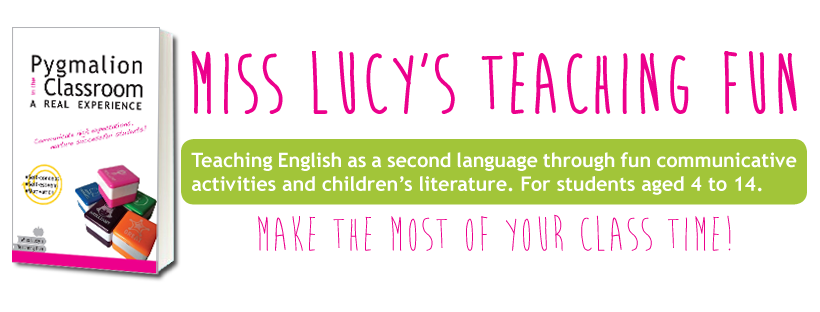Today I'm going to tell you about Road Safety for children.
Fundación MAPFRE has 3 web pages dedicated to road safety web pages: 2 of them are for children, aged 3 to 5, and 6 to11, and one is for their teachers.
In the children's ones there are videos, games, activities and books which will teach children about street signs, safety behaviours and what's proper to do when they are living those typical situations like cycling, crossing the street, etc.
They will help children to develop a critical mind about what the right or wrong things to do on the street are.
You can also introduce this topic in English thanks to a couple of English books especially designed for the two age groups.
In Mario's Jungle we follow this little guy and his mother along the sidewalks of their city. The street looks like a jungle and cars and motorbikes are like dangerous noisy wild animals which scare little Mario. Fortunately he knows that nothing bad will happen to him if he crosses the street at black and white stripes that look like zebras or if he waits for the green man to show up on the traffic lights.
This book can be easily adapted for some role-play game.
The other book, Julia, Penguin and the Spy, is a little longer and more complex, because it is for children who are already attending primary school.
Julia is walking her dog, Penguin, but at one point she realizes that a suspicious man is following her. She carries on walking the dog, she meets some friends who are not very concerned about road safety and she has to remind them what's the right thing to do on the street.
In the meantime, the weird man is still there lurking, so she pops into a café to call her mum for help.
When her mum resolutely approaches the man to ask him why he was following her daughter we discover that Julia has just won a prize for having strictly followed the road safety rules and for even having helped adults follow them.
In my opinion, all these websites are really useful tools to teach children about the safety on the street, especially because they are definitely designed according to their specific knowledge and skills.
Don't miss them!
--> Quieres leer esta entrada en español? Aquí la tienes!
Are you looking for more children's books? Visit the section Children's books on this same blog.
Are you looking for more children's books? Visit the section Children's books on this same blog.







